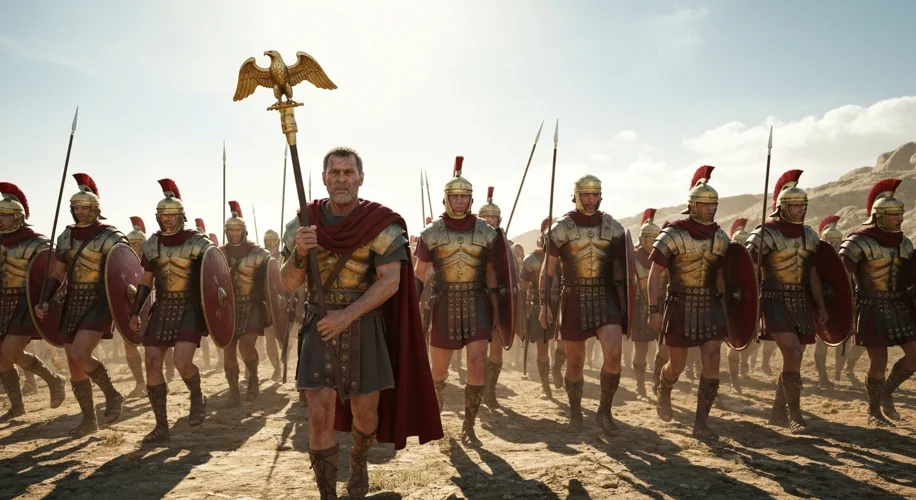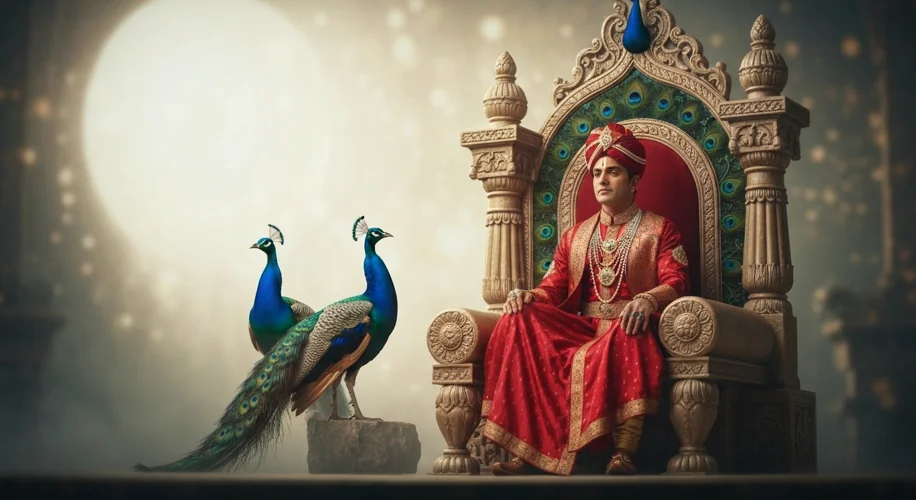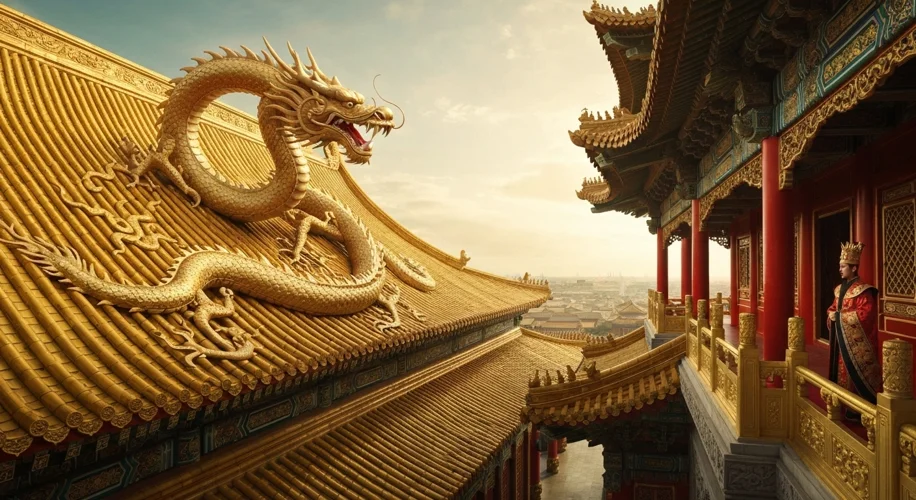Envision this: a world where emperors didn’t just rule lands, but embodied the very spirit of fearsome beasts. Across the vast expanse of Eurasia, from the sun-baked plains of Persia to the misty mountains of China, imperial powers chose animals not merely as symbols, but as potent representations of their authority, strength, and divine mandate. These weren’t just pretty emblems; they were declarations of intent, woven into the very fabric of empire.
Let’s unfurl the scroll and journey back in time. Imagine the Roman legions, marching under the shadow of the eagle. This wasn’t just any bird; the Aquila, the Roman eagle, was a symbol of Jupiter, the king of the gods, and by extension, the power and dominion of Rome itself. Its presence on the standards, the signa, was a constant reminder to the soldiers of what they fought for – Romanitas, Roman civilization, and the might of their emperor. The eagle’s sharp vision, its dominion over the skies, and its fierce protectiveness of its young all mirrored the desired qualities of Roman leadership and military prowess. When an eagle standard was lost in battle, it was a disaster of unimaginable proportions, a stain on Roman honor that demanded fierce retribution.

Journey eastward to the lands of Persia, where the lion reigned supreme. The Achaemenid Empire, and later the Sasanian Empire, frequently employed the image of the lion in their royal iconography. The lion, the ‘king of beasts,’ embodied courage, strength, and regal authority. Persian kings were often depicted with lions, or their thrones were adorned with lion motifs. The lion represented not just the ruler’s personal might, but also the protective, conquering spirit of the Persian state. The sheer ferocity and power of the lion made it the perfect ambassador for an empire that prided itself on its military might and vast territorial control.
Further east still, in the vibrant tapestry of India, the peacock strutted with imperial grace. The peacock, with its resplendent plumage and its unique, almost otherworldly beauty, became associated with royalty and divinity. In the context of Indian empires, like the Mauryan or Gupta, the peacock symbolized not just wealth and prosperity, but also a connection to the divine. It was often linked to deities like Krishna and Indra. The visual spectacle of the peacock, its crest like a crown, and its tail feathers a dazzling display, mirrored the pageantry and grandeur expected of Indian rulers. It spoke of a refined power, one that celebrated artistry and spiritual authority alongside earthly dominion.

Now, let’s venture into the heart of China, where the dragon, or long, ascended to the pinnacle of imperial symbolism. The Chinese dragon is perhaps one of the most complex and enduring animal symbols in history. Unlike the often malevolent dragons of Western lore, the Chinese dragon was a benevolent, powerful, and auspicious creature, associated with water, rain, and therefore, fertility and prosperity. It was the ultimate symbol of the Emperor, the Son of Heaven. The Emperor’s robes were embroidered with dragons, his throne was a dragon throne, and his power was often described as dragon-like. The dragon represented cosmic balance, wisdom, and the emperor’s responsibility to ensure the harmony of the universe and the well-being of his people. It was a symbol of immense power, but also of benevolent guidance.

Finally, let us turn our gaze to the nomadic peoples of the steppes, whose influence shaped much of Eurasia. Among the Turkic peoples, particularly the Göktürks, the wolf, or Böri, held a place of profound significance. The legend of the Ashina clan, the founders of the Göktürk Khaganate, speaks of a wolf mother who saved the tribe from annihilation and bore them children. The wolf symbolized strength, ferocity, independence, and a connection to their ancestral origins. It represented the warrior spirit, the ability to thrive in harsh environments, and the unity of the nomadic confederation. The wolf was a tribal totem, a protector, and a symbol of the unyielding spirit of the Turkic peoples who carved out vast empires across the steppes.
These animal representations were far more than decorative motifs. They were sophisticated tools of statecraft, designed to legitimize power, inspire loyalty, and project an image of strength and divinity to both internal populations and external rivals. The eagle promised Roman order, the lion guaranteed Persian might, the peacock signified Indian prosperity and divine favor, the dragon embodied Chinese cosmic authority, and the wolf represented the untamed power and ancestral spirit of the Turkic khans. Each creature, carefully chosen and imbued with layers of meaning, became a living testament to the imperial vision of its time, a silent roar or a majestic flight that echoed the might of empires across the ancient world.

